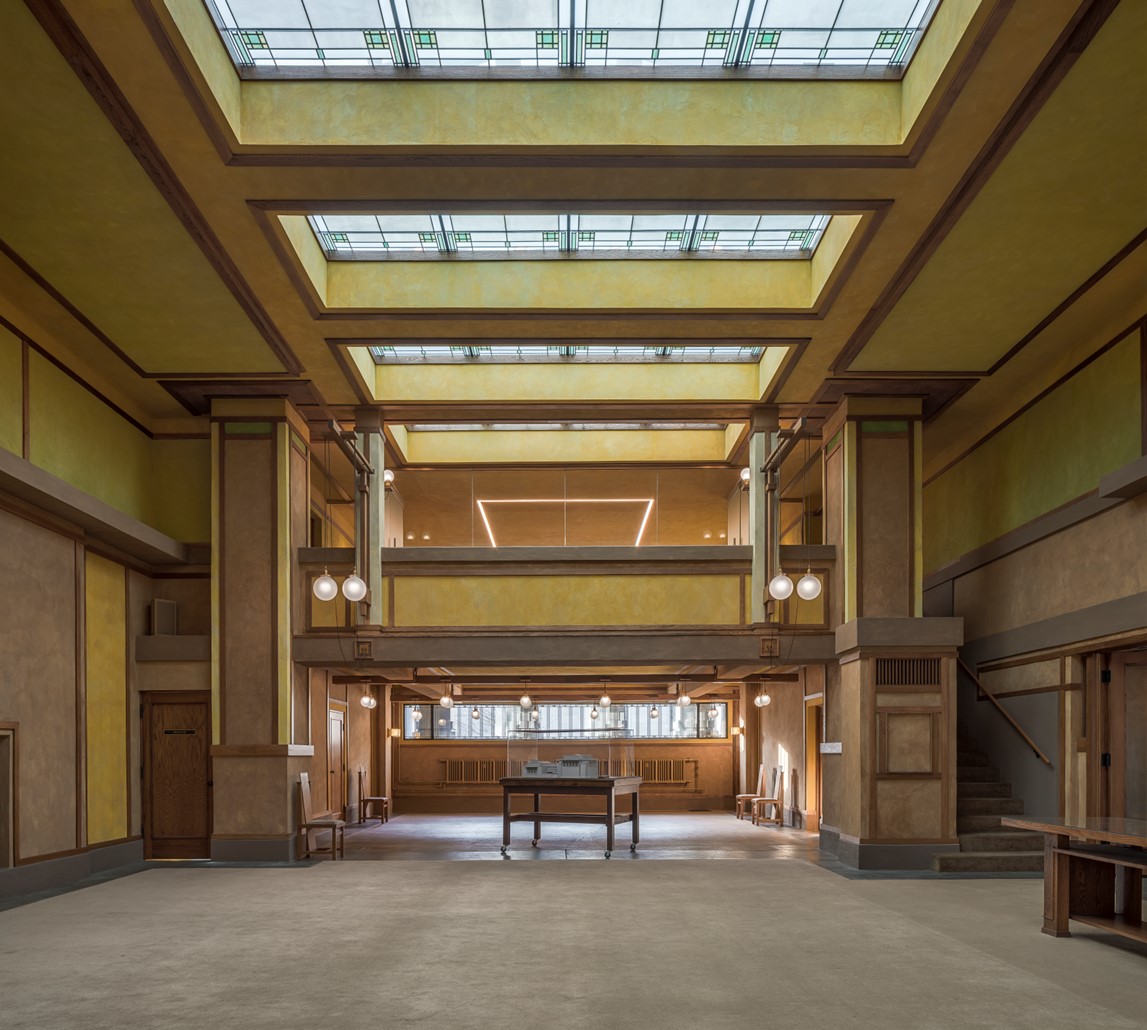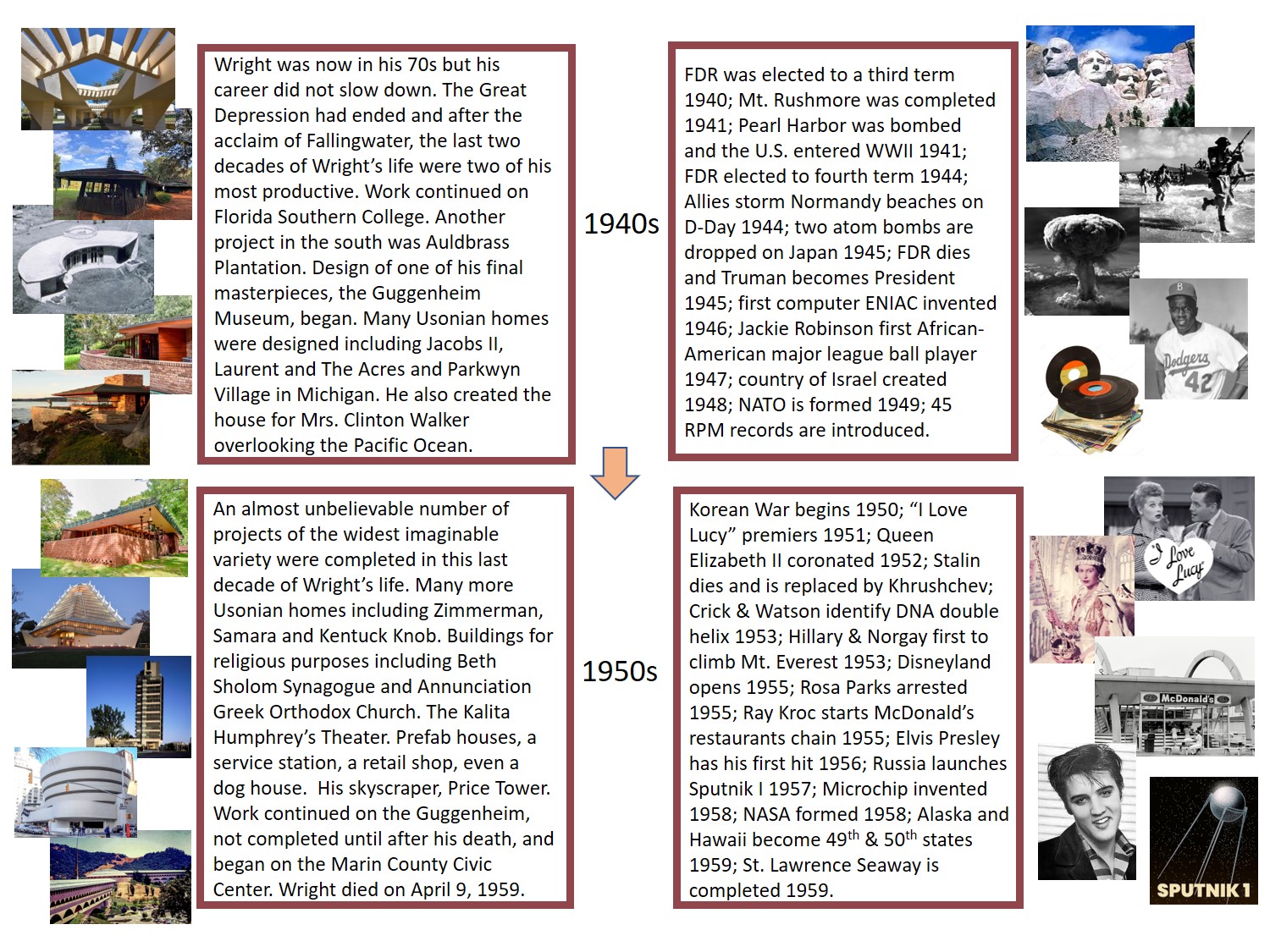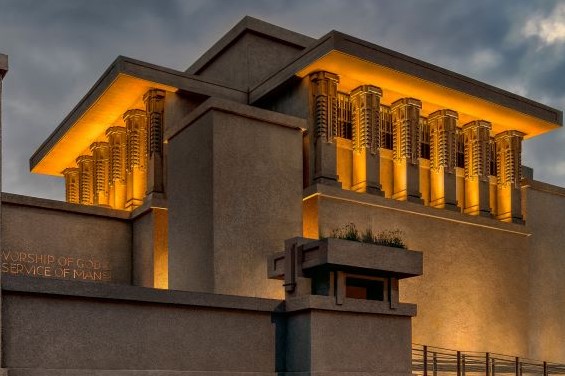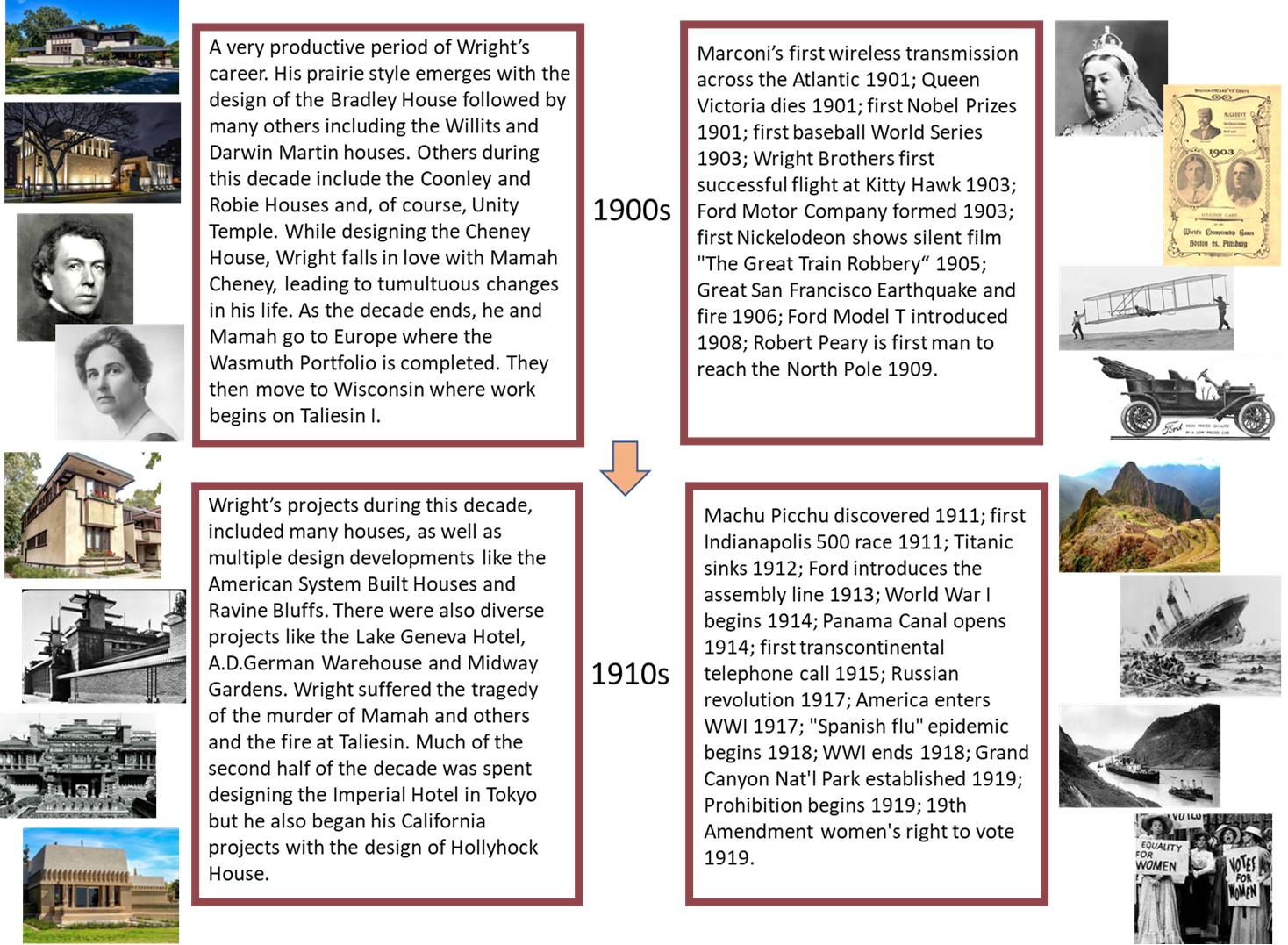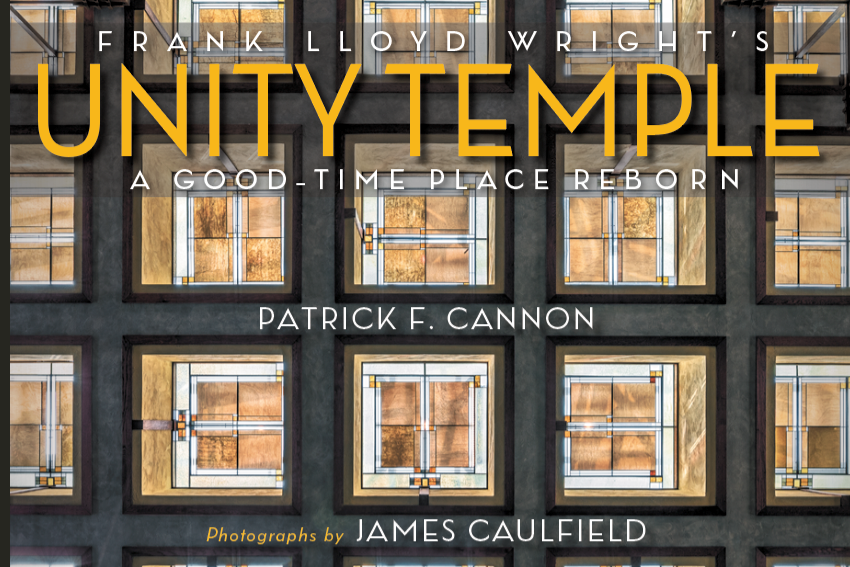It was the Spring of 1987 and I had only lived in Oak Park for about a year. It was my first visit inside of Oak Park’s landmark Unity Temple and now I was front and center, preparing to sing the baritone solo in “The Lark” by Aaron Copland. In the past decade I had sung numerous solos with my high school choir at south suburban TF South High School, as well as performing as a part of the University of Illinois Concert Choir in Urbana-Champaign. But this was going to be a totally new experience.
To clarify how unique this was, one must understand some of the singing experiences that I had already enjoyed in my life at that point. Our high school choir had done a seven-country singing tour of Europe. We had sung in some unique settings, from an old church in the English town of Sudbury to an outdoor concert at St. Mark’s square in Venice.

Our college choir also did some touring, but mostly sang in the modern performance hall of Krannert Center for the Performing Arts. Krannert was designed to have top notch acoustics. But singing in Krannert nor any other venue was anything like singing in Frank Lloyd Wright’s Unity Temple.
Preparing to sing at the Unity Temple one is immediately aware of the architectural patterns all around you, as well as the stunning overhead ceiling. Unlike a typical theatre where you can only see the people sitting in the front rows, at Unity Temple the audience in the upper levels seem very close and personal. No one is obscured by the light. You feel very aware that you have the attention of people on all sides.
Our choir, the fifty member Heritage Chorale had been rehearsing for this spring concert in the forgiving acoustics of the choir room at Oak Park and River Forest high school. Our director then, Robert Fuller, was also the choral director for the high school. “The Lark” is not the most modern work Copland composed, but compared with his “Tender Land” or “Appalachian Spring” it is a challenging work to tune up with a choir. The solo, which makes up the central part of the song, is delivered a cappella. It is critical that the soloist maintains perfect pitch while the choir waits. As I sang that solo the hall seemed perfectly quiet. It was a tense moment and we pulled it off. But I wasn’t able to relax until I had returned back to my spot with the baritone/bass section of the choir.
As we shifted gears to singing the “Liebeslieder” Waltzes by Brahms, I was finally able to relax and fully take in the marvelous interior and acoustics of Frank Lloyd Wright’s groundbreaking creation.
I would strongly encourage all to take the opportunity to see a musical event at the Unity Temple now that we can finally returnThe Unity Chamber Music Series has returned live at Unity Temple – more details are available at flwunitytemple.org/chamber-music-series
Jeff Schroeder
Oak Park Resident and friend of the Unity Temple Restoration Foundation

